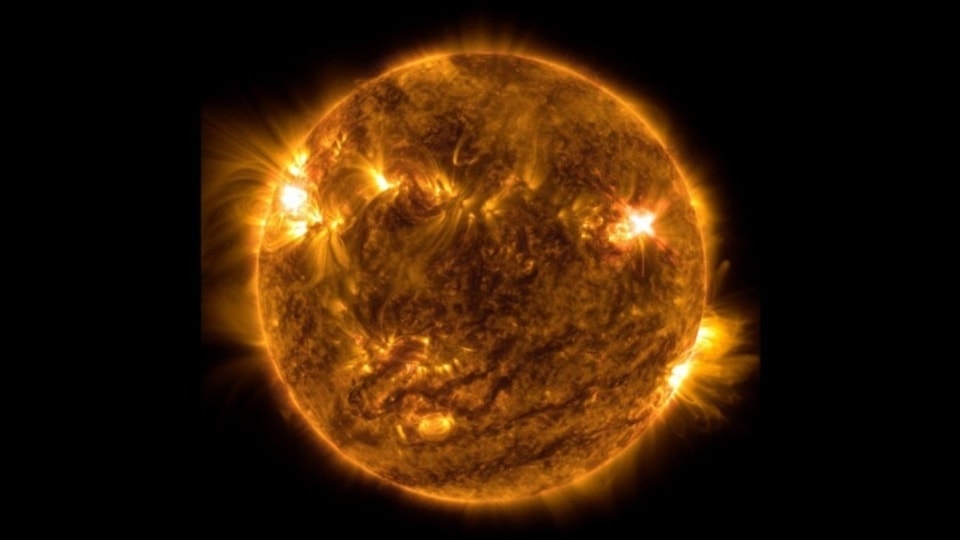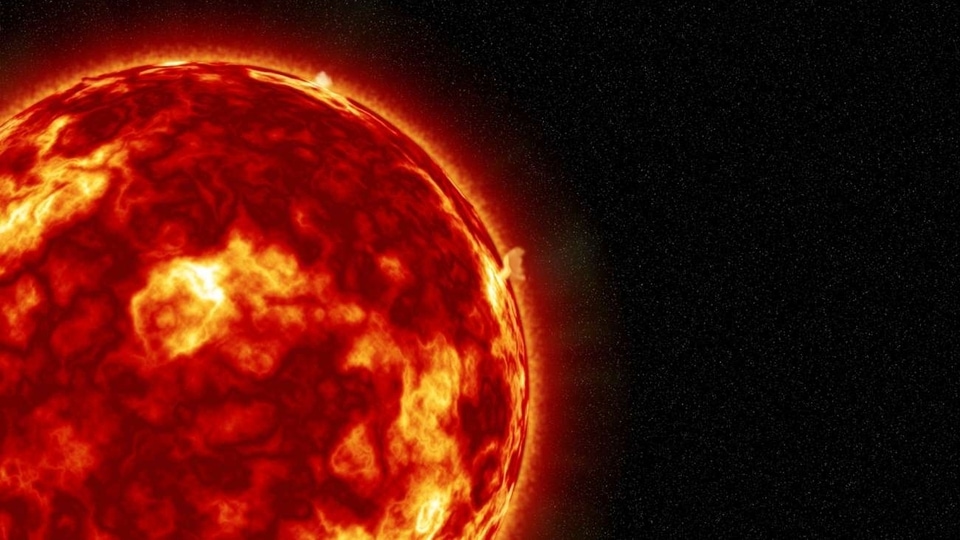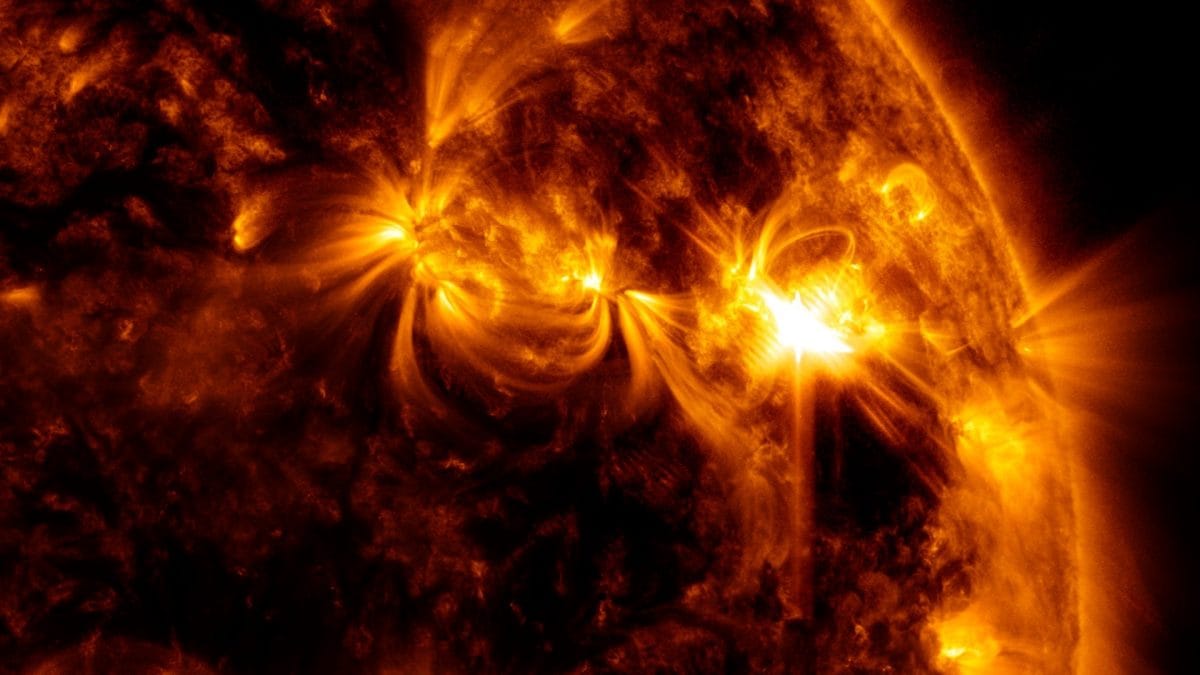As February breaks 10 year sunspot record, geomagnetic storms run HAVOC on Earth
Geomagnetic storms have plagued the Earth ever since the turn of the year. And recent data from the Sun indicates that things can get a lot worse for us.






 View all Images
View all ImagesWhen Solar Cycle 25 began at the end of 2019, many forecasters predicted that it would be a weak one based on the past performance of the Sun. The Solar Cycle 24 was a particularly underwhelming one, and we have not really seen an aggressive solar cycle ever since 1859, when the Carrington event took place. However, scarily the Sun has been exceeding the predictions for a while. And as such, it seems the Earth should be prepared for a terrifying geomagnetic storm in the near future because all the signs are pointing towards it.
A study by Sangeetha Abdu Jyothi, an Indian scholar and assistant professor at University of California focused on the adverse effects of geomagnetic storms and the study highlighted that “ this (solar) cycle has the potential to be one of the strongest on record. Recent estimates for the number of sunspots at the peak of this cycle are between 210 and 260 (a very high value)”.
Aggravated Sun can unleash a major geomagnetic storm
The increasing solar activity of the Sun has become apparent ever since 2023 came around. Both the months that have passed, January and February, have broken records for the amount of solar activity in a month. While January broke a 9-year record for the average number of sunspots, the Sun crossed the number of 100 sunspots in the month of February, an event which has only happened 3 times since 2014.
And we are already witnessing the impact of such increased solar activity. Between January and February, the Earth has suffered through 4 X-class solar flare eruptions, multiple M-class flares, a G3-class geomagnetic storm, two G2-class storms and numerous G1-class storms. These have plagued North America, South America, Australia and New Zealand in terms of regular shortwave radio blackouts and GPS disruptions. Recently, they also caused a 5 hour delay for a SpaceX rocket launch and forced oil rigs in Canada to stop operations.
But the worst is yet to come. The peak of the current solar cycle is not expected to arrive before the end of 2024 or beginning of 2025. This means there is still enough time for a G5-class geomagnetic storm. Such a massively intense storm can damage GPS, cripple mobile phone networks and internet connectivity as well as cause power grid failure. It can also cause malfunctions in our electronic devices.
Catch all the Latest Tech News, Mobile News, Laptop News, Gaming news, Wearables News , How To News, also keep up with us on Whatsapp channel,Twitter, Facebook, Google News, and Instagram. For our latest videos, subscribe to our YouTube channel.





























